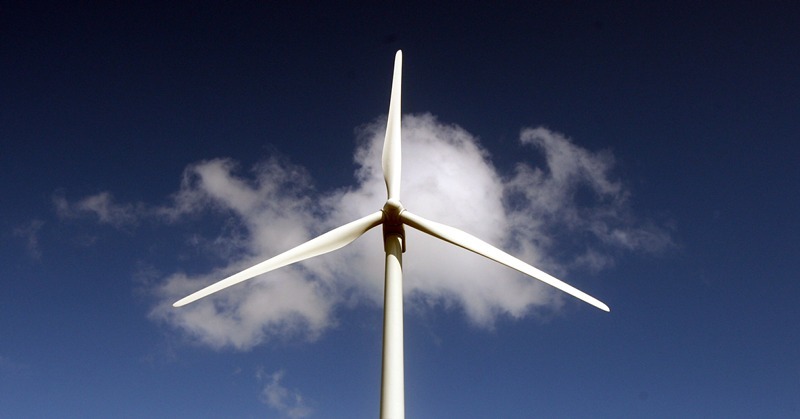The Scottish Government has said it will meet its ambitious 2020 renewable energy targets despite a fall in production last year.
Figures released by the Department of Energy and Climate Change showed that the total amount of renewable energy produced from wind and hydro schemes was down.
Output from hydro schemes fell by a third due to low rainfall, while low winds meant turbines only produced 6% more energy overall, in spite of a large number of new schemes coming online.
Despite this, renewable energy accounted for 30% of all energy used in Scotland. The Government wants to increase that to 100% by 2020.
Niall Stuart, chief executive of Scottish Renewables, said the fall in output was down to an unprecedented spell of calm weather.
He said: ”The figures show that even in an exceptionally dry and calm year, renewables provided more than 30% of electricity consumed in Scotland. This reinforces that the sector is a major part of our energy mix, and a significant part of our economy. Our hydro sector met more than 10% of sales to consumers.
”The report also shows massive growth in output in the first half of 2011 wind up by 120% and hydro by 75% as wind and rainfall returned to normal meaning renewables are providing greater levels of power than ever before. The sector is meeting a growing proportion of electricity demand in the UK and Scotland and this year will deliver further carbon emissions savings.”
Helen McDade, head of policy for the John Muir Trust, the UK’s leading wild land charity, warned, however, that the Government is putting too much faith in windfarms.
She said: ”DECC’s latest figures demonstrate the variability in wind generation output year on year and back up both the report by Stuart Young Consulting published in April (link), and the trust’s consistent argument that we need to have honesty about the difficulties of too much reliance on wind.
”An honest debate about how to go forward is needed instead of hot air from industry. Public money should go preferentially towards saving energy through efficiency and conservation, and then the UK needs to have a mix of sources for electricity.
”No matter how many turbines are built, if there is no wind then there is no power.”
Scottish Labour leader Iain Gray said: ”This sudden drop in renewable energy production underlines the need for the SNP government to set interim annual targets to ensure we are on course for 2020.
”Scotland has colossal renewable energy potential we must seize that potential and the thousands of green jobs it will create in the process.”
A Scottish Government spokesman said weather had returned to normal this year and output had picked up as a consequence.
He said: ”We have ambitious renewables targets and we are making progress.”
The government figures also revealed a decline in gas and oil production at the start of 2011. Oil production was down 16% and gas by 25% in the second quarter of the year compared to the same period in 2010.
This was caused by planned maintenance as well as the emptying of oil reservoirs.
